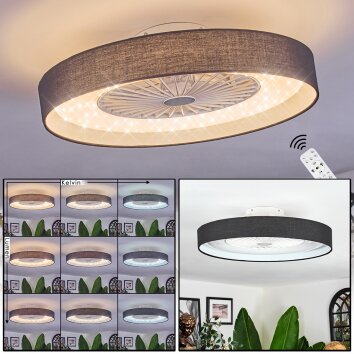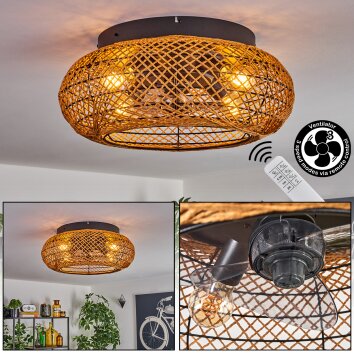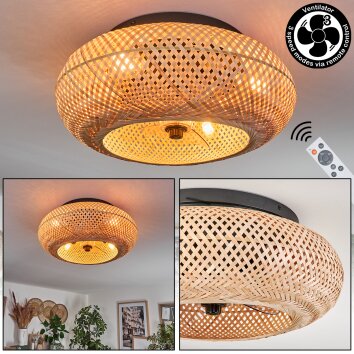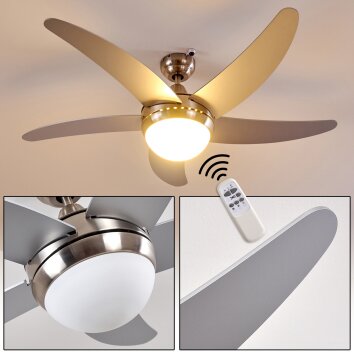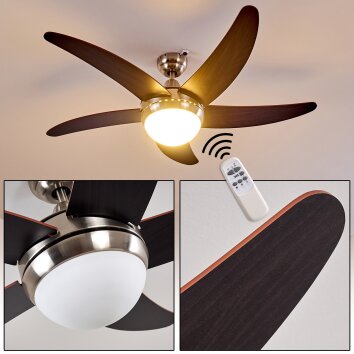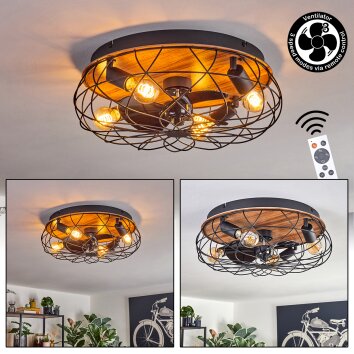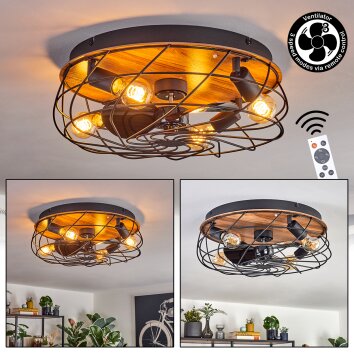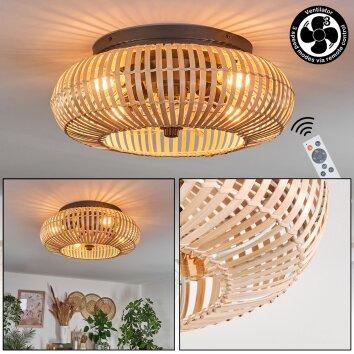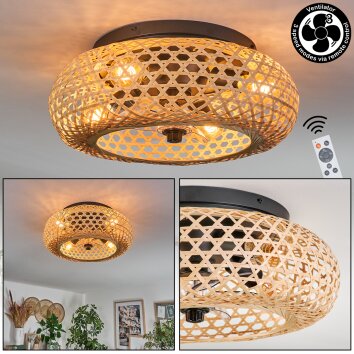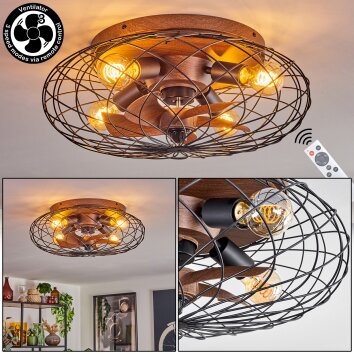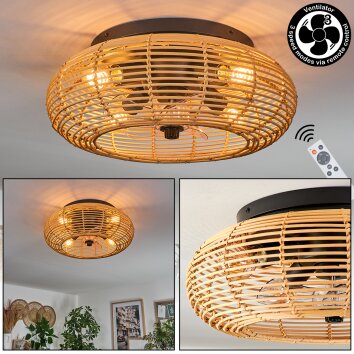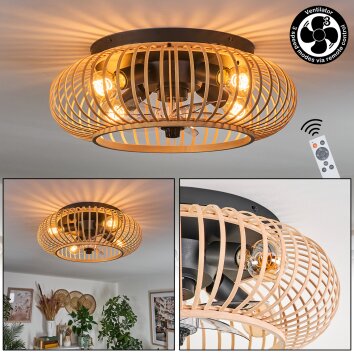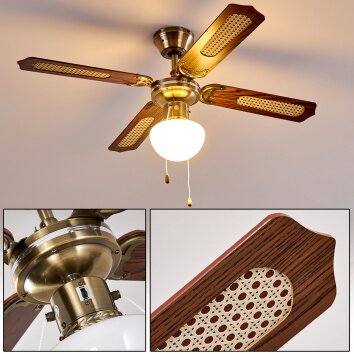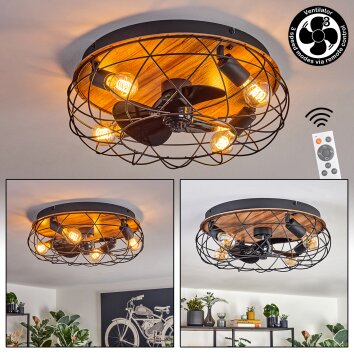Ceiling fans for summer and winter
Retro and outdated? No way! Ceiling fans are in vogue every year. In summer, they are an effective and affordable alternative to air conditioning; in winter, they help you save on heating costs. Ceiling fans with lighting and a remote control are stylish, practical and space-saving. They also serve their purpose even without blades and can be conveniently controlled by remote control or via Smart Home, depending on the model and use.
Whether modern or vintage, small, large or flat - you can buy ceiling fans for every room and every style at Illumination.co.uk
In general ceiling fans have 3 to 5 blades. There is a correlation between the number of blades and how the appliance sounds: Generally, more blades mean it tends to make less noise. This occurs because the air mass that resists the blades is reduced where there are more of them. However, the fans with fewer blades can circulate more air. Pay attention to the form of the blades: the gently curved blades move more air mass than flat blades.
Also make sure to consider the size of the room and the ceiling height in your decision to purchase a ceiling fan. Therefore, we describe the optimal use for each of our models on their product page. Consider that if the room is large and open, having a larger diameter of the fan blades is important to have a significant effect.
Integrated control of lighting types and fans
Switches on the wall, pull cords, and remote controls are the main types of control for a ceiling fan. In general, for models with lights, you can activate the light and fan separately. The most high-end models also have continuously adjustable speeds. The most classic models offer two or three different speeds. For chandelier and fan combinations, its best to stick with LED bulbs. They fit well with fans and will help reduce your energy consumption.


